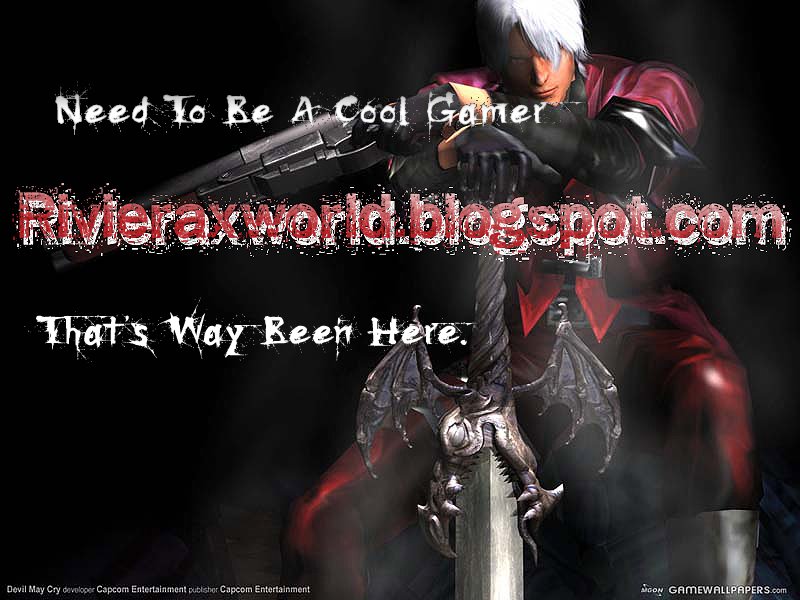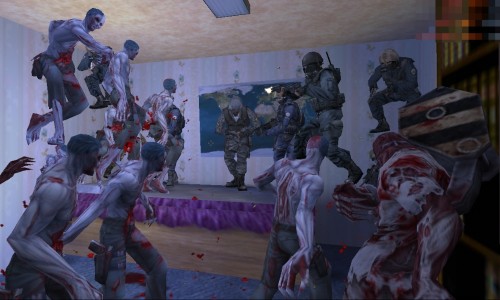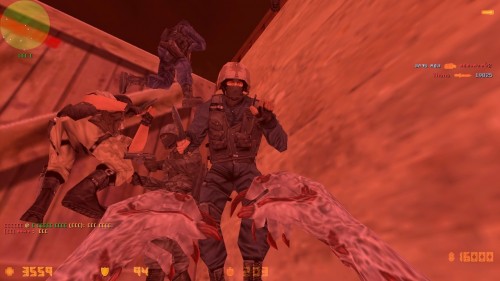Get the details on this highly anticipated sequel from our hands-on report.
The Sims series is all about controlling the lives of little computer people as they live, laugh, love, laugh, sleep, love, eat, take a bathroom break, work, love, and laugh. The series' combination of quirky artificial intelligence (that leads to quirkier behavior on the part of said little computer people) and open-ended building and design has enthralled many players for many years, and across many expansion packs. The series is now shaping up for round three, and we had a chance to give it a try.
Our first experience with the game was with the new create-a-sim character builder, which has been expanded to accommodate a much wider range of color tones for skin, eyes, and dyed hair, along with plenty of new options for preset faces, beauty marks, hairstyles, and clothing. The Sims 3 offers six different ages for your characters, from baby to toddler to college student to senior citizen, and you can start your individual character, or small family of characters, at any age and of any gender you care to.

The Sims 3 will have all kinds of wacky hijinks. Zany antics, too.
In addition to customizing each character's appearance, you can customize each one with traits from The Sims 3's revamped personality system. Previously, you'd spend points on different personality aspects to decide whether your sims tended to be messier or neater, or lazier or more active, and from that decision, you'd be assigned a specific horoscope that would partially determine how you interacted with other characters. This time around, you'll instead choose five traits, which range from being extremely useful if you plan to play the game with an aggressive and ambitious approach ("schmoozer," for instance, grants you extra dialogue options and gives you an inside edge into getting to know the rich and famous), to being less beneficial and presumably intended for comedy value (such as "crazy," which makes your character prone to unpredictable behavior, and "nevernude," which, if you're not a fan of the underappreciated TV series
Arrested Development, is exactly what it sounds like). There are also traits that are apparently intended to help you put more of a focus on telling a specific story with your characters--for instance, the "evil" trait will give you less-savory dialogue choices, as well as less-honorable things to do, like stealing candy from a baby, which we actually did, ourselves, with our own evil character. And in case you were wondering, yes, we enjoyed it.
The "things to do" department has also been expanded in The Sims 3 with a new "lifetime goal" system that presents each newly created character with a choice of a single life goal, determined by your sim's traits. For instance, if you happen to choose evil as a trait, as we did, your life goal could be to become a criminal mastermind or maybe a corporate CEO. Once you've chosen your life goals, you'll then be presented with various wishes, which are short-term tasks you can perform to increase your characters' overall mood and get them a step closer to their life goals. You can choose to promise your sims that you'll work to accomplish a certain wish for them by selecting from a constantly cycling list--and if you care to, you can play the entire game as a successive series of wishes that pull you along a certain path to ultimate life fulfillment (or kind-of-funny failure). Each successfully performed wish gains you life goal points, which you can then spend, immediately, by selecting various powerful advantages for your character, such as "iron bladder," which frees you from ever having to use the potty again and frees up the sims who possess this mighty attribute to do other things with their day.

You'll be able to create very obnoxious characters.
In addition to choosing tasks, you'll be able to choose a profession for all of your sims, just like in previous games, though your characters can actually perform work in-game and also take on additional tasks that will present themselves as random opportunities--such as a career-related task you might get called about from out of the blue. Like in the previous Sims games, you'll also be able to build up your character's skills by repeatedly performing practice activities, such as working out to increase your sims' "body" statistic, which makes them healthier and more likely to succeed on an athletic career track. But the game will be less about doing the same repetitive things over and over, and it definitely won't be about being chained to your sims' personal "motive" needs of eating, sleeping, and going to the bathroom--your characters will do that on their own if you don't care to command them to. Instead, the game will be more about managing your sims' moods, which can be enhanced by successfully performing wishes or random opportunities or by simply interacting with or being around things they like, such as eating their favorite food or listening to their favorite music. Moods can also be decreased by failing certain wishes or opportunities, or being around things they hate, like the sound of a crying baby whose candy was just stolen.
Our evil schmoozer sim began his life in his run-down home, receiving a visit from a next-door neighbor holding a crying (but candy-eating) baby, and because we were so single-minded in our approach to doing evil things, we quickly isolated the child the moment it was set down by its absentminded father so we could steal its candy, then promptly started a fistfight with the angry dad. Of course, our pudgy, out-of-shape sim lost the fight due to his total lack of body skill, but it was worth the effort of using our conversational skills to imply that our pugnacious guest was descended from a llama. As you may recall from our previous coverage of the game, The Sims 3's dialogue system has been revamped such that you can't curry favor with others by repeatedly choosing to "chat" or "tell jokes" until their relationship meter builds up to full--you need to vary up your approach and will get better feedback on whether you're successfully attracting (or alienating) people by their body language, such as the arms-crossed, standoffish stance our neighbor took before pounding our candy-smeared face in.

You won't have long to wait for this long-awaited sequel.
After taking a drubbing, we decided to leave the house by simply zooming out our view of the neighborhood to see all the nearby houses to visit, and then we decided to take a tour of the town by zooming out even farther and clicking on different points of interest ("lots"), such as the local library and the gym. Simply by clicking to move to them, we were whisked away by taxi (no need to manually pick up a telephone and call for car service anymore). All sims will be equipped with cellular phones in their inventories so that they can call for cab rides wherever they may be. Our quick trip to the library was less fruitful than our house visit, unfortunately, since the library staff was tied up with a birthday party being hosted on the front lawn for what was likely the child of some very frugal parents. We're told, however, that different houses and lots will change over time as other sims' lives are simulated and they, too, advance in their careers, grow old, and eventually die. Before they go to the grave, however, they can explore their town to find out-of-the-way spots, like an out-of-the-way fishing hole where they can go to decompress (and maybe add a few fish to their inventory collection of fish, rocks, and seeds).
The Sims 3 will clearly offer an enhanced version of everything that Sims fans have loved about the series, along with some brand-new stuff that should help make the series seem fresh and new. The game is scheduled for release later this year.
Credit
By Andrew Park, GameSpot








































